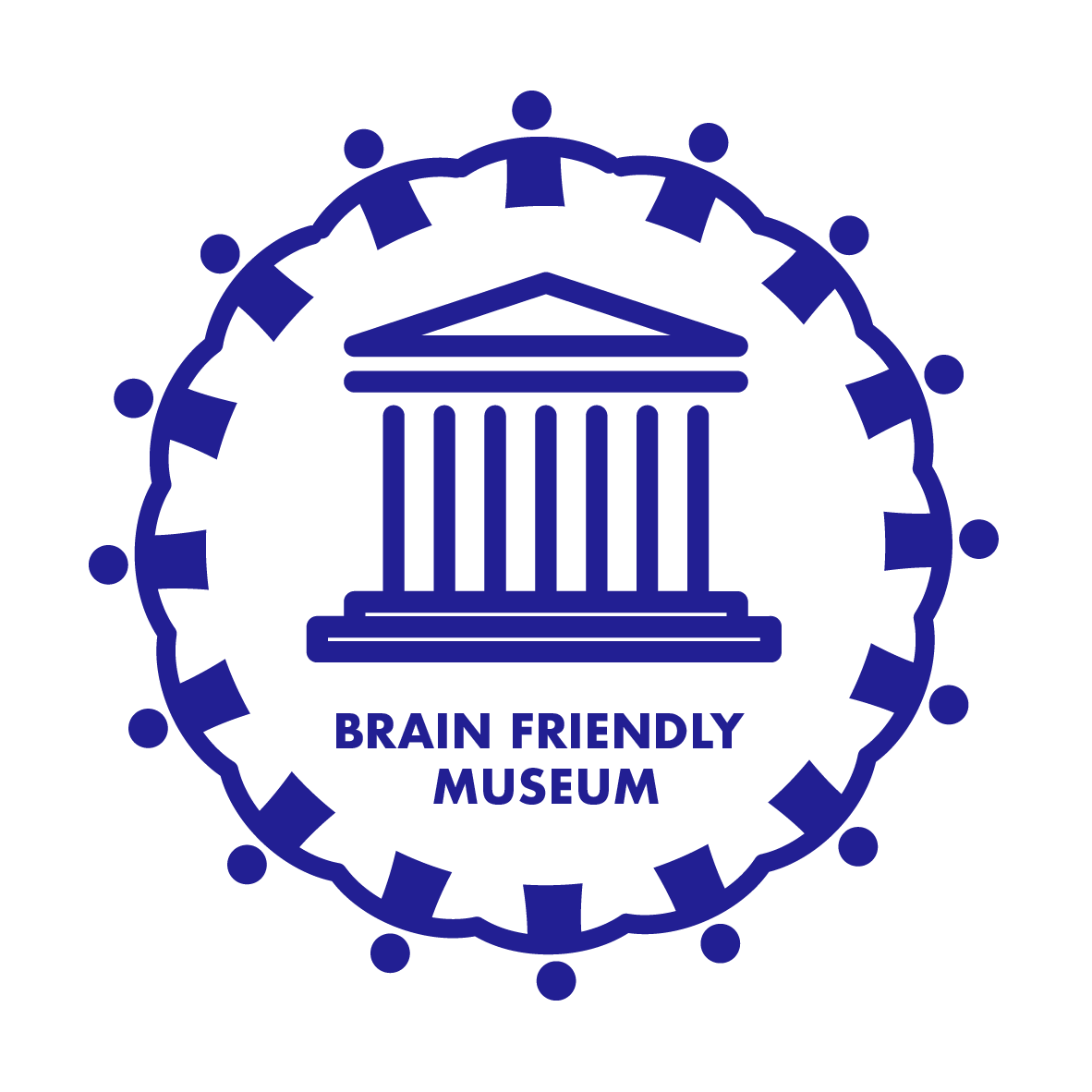THE BEWE PROJECT.
ART AND BEAUTY FOR VISITOR WELLBEING
The BeWe Project (Beauty, Wellbeing) aims to explore whether Italian Renaissance art
can enhance wellbeing.
The concept of beauty may play a crucial role in this process, which is why investigating this aspect is considered valuable.
The rich Renaissance heritage housed in Italian museums offers a unique opportunity to test this hypothesis. This study could demonstrate how the museum collections are
significant not only for their historical and aesthetic value but also for their ability to
generate wellbeing in visitors.
The European agenda places great emphasis on improving the quality of life for
individuals. The spiritual, emotional, and cognitive growth of people is at the heart of many museum projects, particularly in response to the current delicate and complex historical period.
Phases of the Study
The research is divided into three distinct phases:
- Online Phase:
Participants are invited to access an online questionnaire (please see the link
below). They will complete it after viewing high-resolution reproductions of selected artworks. This phase aims to involve participants from around the world. - Museum Environment Phase:
Participants are invited to observe a group of pre-selected artworks and complete a questionnaire, which will be distributed on-site by researchers accompanying the visitors during the experiment. - Laboratory Phase:
Participants are invited to view a selection of artworks while their brain activity is
measured using functional magnetic resonance imaging (fMRI).
The results of the experiments will be presented in papers and conferences as soon as the data collection is completed and fully analysed.
The research protocol of the BeWe project has been approved by the University
Milano-Bicocca (Italy).
The BeWe Project is coordinated by Annalisa Banzi (art historian) and Elena Nava
(psychologist).
Online questionnaire:
https://psicologiaunimib.qualtrics.com/jfe/form/SV_b8ehTeiCDXqo2O2
